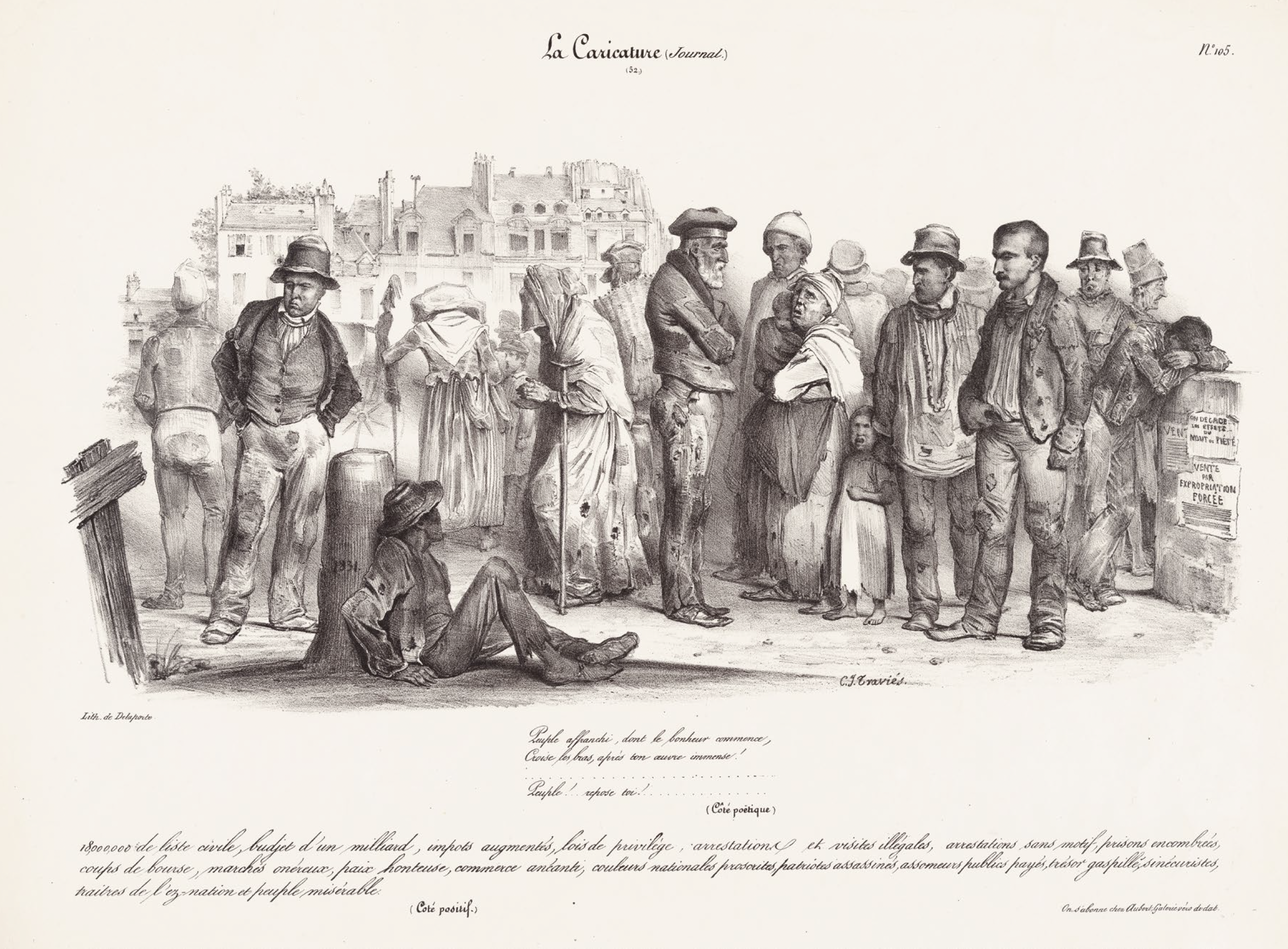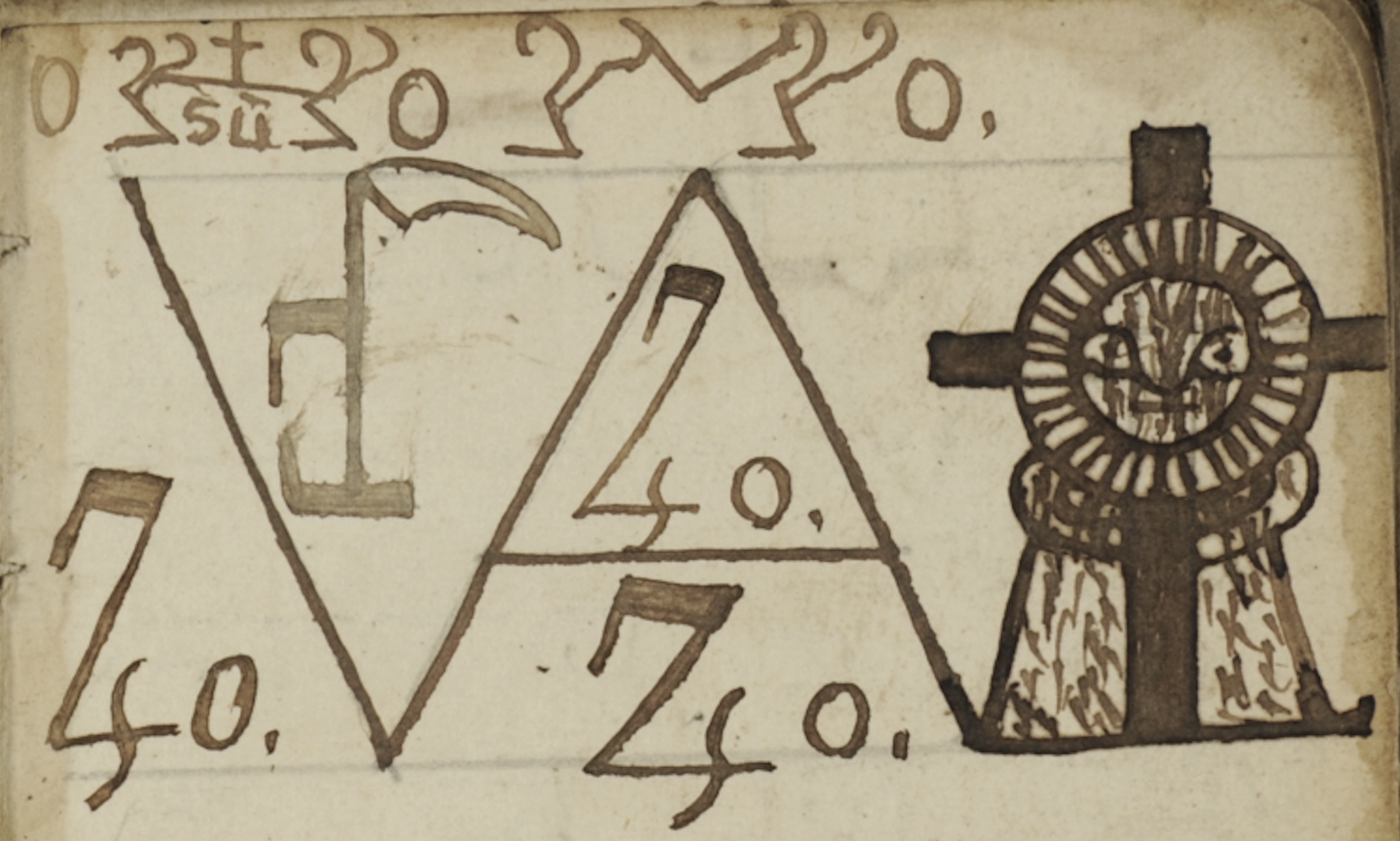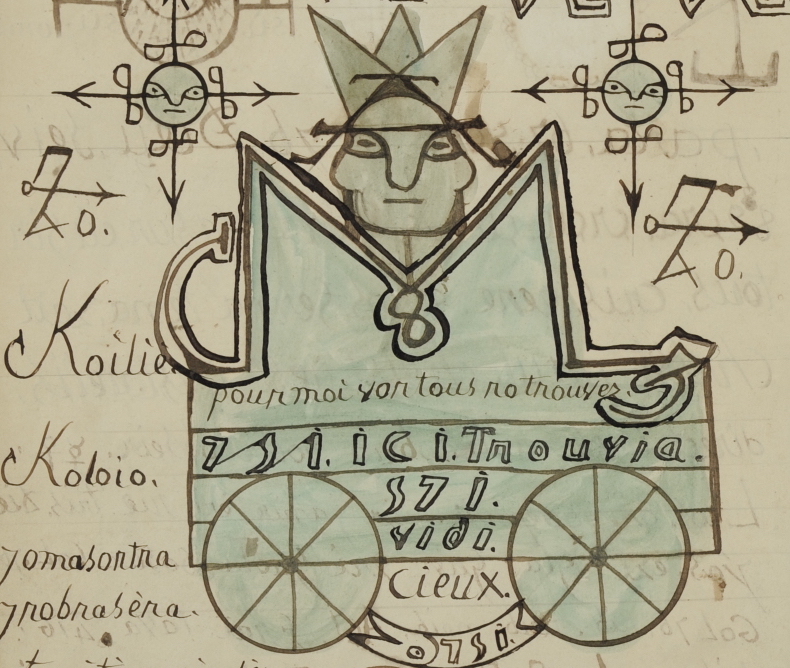[June 18, 2023
The History of Press Graphics. 1819-1921.
Alexander Roob’s “History of Press Graphics. 1819-1921. The Age of Graphic Journalism” is out now. (Taschen Cologne, Hardcover, 24.6 x 37.2 cm). In over 600 pages, this far-reaching compendium presents press illustration and graphic journalism as a distinct and unique genre and a laboratory for developing avant-garde aesthetics. The images are largely taken from the collection of the Melton Prior Institute.
The period during which press graphics were at their most influential lasted for about a hundred years, from the satirical campaigns of William Hone in the late 1810s through until the First World War. After that date, illustration was used less and less often for images printed in newspapers as the result of improvements in photomechanical reproduction techniques.
“The collection covers a broad range of news graphics and political and satirical cartoons. Alongside the works of renowned artists such as Jean Cocteau, Juan Gris, and Käthe Kollwitz, the most famous illustrators of the time are also well represented. Thomas Nast, Honoré Daumier, Gustave Doré, and the numerous relatively unknown press graphic artists, the so-called “special artists,” whose work is rediscovered here.
Their rich and varied press work is considered not only in connection to the genre and the historical painting of the 19th century but also in its capacity as a pioneering influence on modern art. With striking examples of proto-cinematic narrative thinking, disruptions of the single image space, and daring forays into abstraction, this material is shown to have laid the groundwork for much of the avant-garde artistic expression that followed.
The book also explores Vincent Van Gogh’s careful attention to the illustrated press of his time. He was inspired not only by the artistic aspect of it but also by the spirit of social reform that it represented. An avid collector, he owned a large number of press graphics and went so far as to consider it a “Bible for Artists” (publisher’s announcement)
Together with “Alchemy and Mysticism. The Hermetic Museum” (Cologne 2006), this museum of exotericism forms the second part of the author’s informal trilogy on the interdependent relationship between inner and outer vision, between enlightenment and counter-enlightenment.





